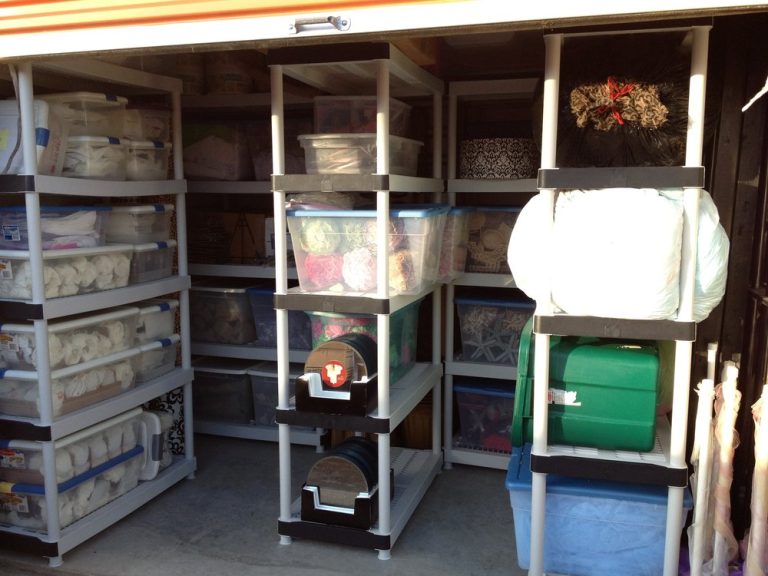Self-storage units are the everyday storage facilities common among homeowners and business owners looking to store their valuable items for the short or long term. Most self-storage units come equipped with climate-controlled features, making them ideal for storing most items, even delicate ones like paintings, leather, electronics, antiques, and collectibles.
But before loading or renting a unit, you should take some time to consider how you want to organize a self-storage unit. In the sections below, we have discussed what it takes to organize a storage unit and ensure everything falls into place.
Organizing a Self-storage Unit
Proper organization of a self-storage unit ensures all your items are safe and easily accessible. You don’t want to stack all your belongings without keenly evaluating what needs to go where and why. Here are some tips on organizing a self-storage unit.
Create a list of all the items
This may sound impractical or even unnecessary at first, but it matters for several reasons. First, having an inventory of all the items you want to store in a self-storage unit ensures accountability. If anything gets misplaced or lost, you can tell what that is and perhaps where you had placed it. A list also helps you plan for proper storage since you’ll know the number of items and whether the storage space you have chosen is adequate.
To make your work easier, you can list your items in terms of where it was in your previous home. For instance, you can categorize your items into kitchen, bedroom, and living room items. Alternatively, you can list them in order of size and weight, such as furniture, appliances, utensils, clothes, etc. Regardless of how you make the inventory, ensure it’s easy to locate those specific items once you store them in the storage unit that keeps the cabinet organized.
Use clear bins instead of boxes.
It’s common practice to store most household items in cardboard boxes. And while this may be the most convenient option when packaging and loading the storage unit, it can be time-consuming to track what’s inside. If you have a budget for it, consider investing in clear plastic bins, as they allow you to tell their content quickly. These plastic bins also stack up easily, and it’s easier to open and close when reaching out for some of the stored items. Depending on what’s inside the bins, you may not need to label them since they are visible. With cardboard boxes, you have to spend a lot of time labeling each box.
Disassemble Furniture
When storing furniture in a storage unit, always disassemble large furniture and take apart headboards, mattresses, bed frames, table legs, etc. Each of these items, except the mattresses, should be stored in a vertical position, preferably towards the back of the storage unit. Furniture pieces that cannot be disassembled, such as coffee or dining table, can be used as extra shelving for stacked boxes or plastic bins.
Store bulky items towards the back
Every heavy item should be stored at the back of the storage unit. Typically, you want the boxes in one corner and furniture in the other. Always place the heavy boxes or plastic bins at the bottom to avoid crashing the smaller ones. This also ensures that the small and lighter items are closer to the front door for easy unloading when it’s time to move out.
Place the everyday items near the front door
If you are to keep everyday items such as beddings, utensils, and clothing in a storage unit, ensure they are stored towards the door. You don’t want to climb over some furniture and heavy boxes to reach for your winter jacket or boots. It’s also good practice to create space near the front door to allow easy access to the items in the middle and at the back of the storage unit. When using cardboard boxes, ensure the labels are visible and facing the front door.
Go Vertical
Always organize the boxes or plastic bins vertically to save space and ensure easy access to your stored items. Items like mattresses, pillows, and cushions should only be placed at the top of the stacked boxes or furniture at the back of the storage unit. If you have to make room for smaller boxes, consider hanging shelves or adding wire shelving to the storage unit. Keep a step stool or foldable ladder for easy access to your belongings for high storage units.
Make Good Use of Your Storage Unit
Most people who complain of inadequate space inside their storage unit often haven’t organized their items well. The tips discussed above will ensure every item is in the perfect spot. When choosing a self-storage unit near you, inquire more about the things you can store and those you cannot. You also want to use the right packaging supplies and ensure you clean your items before storage.

